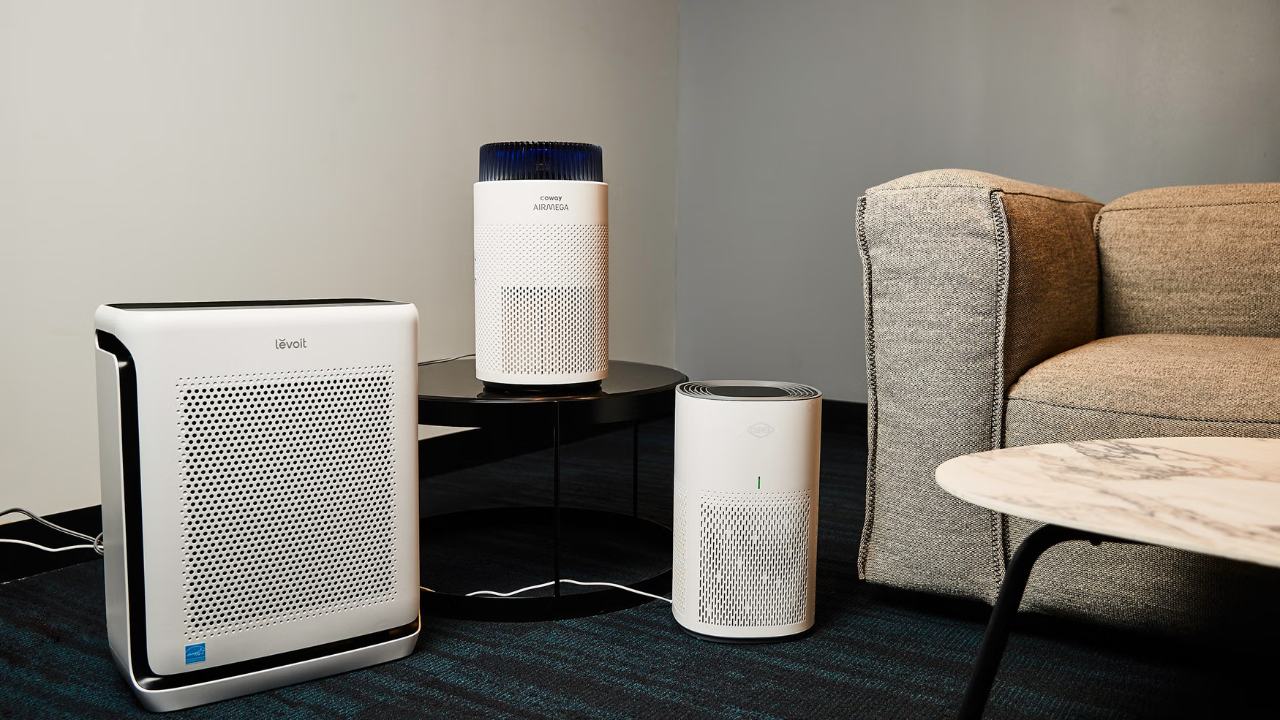 English
English

As Delhi-NCR continues to choke under worsening air quality post-Diwali, air purifier sales have seen a sharp jump, but can these devices offer lasting relief in the face of India’s recurring pollution crisis?

Delhi’s AQI remains in the “poor” category despite slight improvement.
New Delhi: With Delhi-NCR blanketed by severe air pollution, residents are rushing to buy air purifiers in record numbers. According to industry estimates shared with a news agency, sales and inquiries have surged significantly since Diwali, a time when air quality typically plunges.
The air-purifier market, still largely confined to metros, witnesses an annual sales spike during the festive period as the Air Quality Index (AQI) dips into the “very poor” or “severe” categories. On Wednesday morning, Delhi’s AQI stood at 273, an improvement from Tuesday’s 294, but still within the “poor” range, as per data from the Central Pollution Control Board (CPCB).
Eureka Forbes Chief Growth Officer Anurag Kumar said demand began rising in early October, ahead of Diwali, with strong traction across retail and online channels. The company has recorded high double-digit year-on-year growth in the category, driven by growing pollution and consumer awareness.
“Retail continues to play a pivotal role in driving sales,” Kumar noted. “We’ve also seen an uptick in the sale of replacement filters as users complete their purifier cycles.”
Kent RO Systems Chairman and Managing Director Mahesh Gupta echoed similar trends, confirming a significant jump in sales of air purifiers and filters during the festive season. “During this period, we’ve observed a 30–40% rise in industry sales as consumers become more conscious of indoor air quality,” he said.
Gupta added that alarming pollution levels in northern India have triggered a sense of urgency among buyers to protect their families’ health.
Delhi Government imposes ban on Non-BS6 commercial vehicles from November 1 to curb pollution
According to a report by Markets & Data, India’s air purifier market is expected to grow at a compound annual growth rate (CAGR) of 12.23% between FY2026 and FY2033. The sector is projected to expand from USD 151.52 million to USD 381.37 million, fuelled by worsening air pollution, health concerns, and rapid urbanisation.
British tech firm Dyson, which operates in the premium segment, said awareness about clean indoor air has increased. “With pollution levels rising, families are taking proactive steps to protect themselves. Choosing an air purifier is one of the most effective measures for cleaner indoor air,” said Dyson engineer Alex Hudson.

Brands like Eureka Forbes and Kent report 30–40% sales growth.
Manufacturers are also tapping into influencer marketing and real-time demonstrations to leverage the rising demand. Eureka Forbes, for instance, has launched influencer campaigns featuring relatable stories, in-store smoke chamber demos, and app-connected “smart” purifiers that track PM 2.5 levels in real time.
Despite the demand spike, not all industry leaders are optimistic about the category’s long-term growth. Blue Star Managing Director B Thiagarajan expressed doubts about the air purifier’s ability to become a mainstream household product.
“There’s already a complete filtration system built into modern air conditioners. The market for standalone purifiers is negligible and will remain so,” he said, adding that many devices end up unused for most of the year.
Meanwhile, efforts to curb Delhi’s smog through cloud-seeding hit a snag. A trial scheduled for Wednesday was postponed due to insufficient cloud moisture, according to IIT-Kanpur. Two earlier trials conducted this week saw minimal rainfall in Noida and Greater Noida, while Delhi itself remained dry.